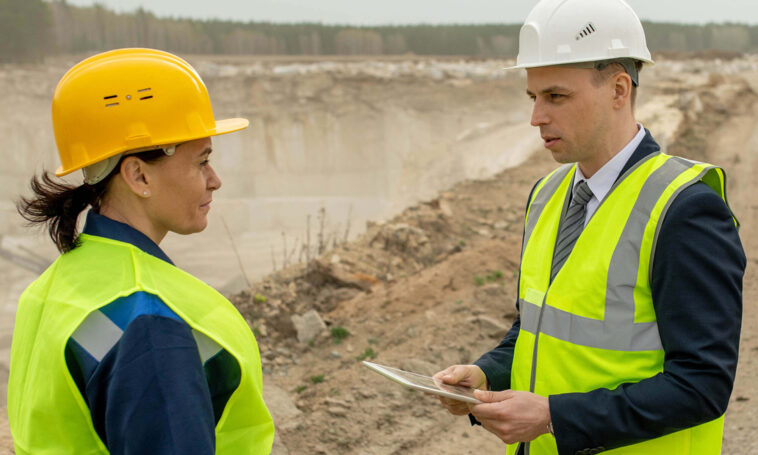The unpredictable nature of the mining environment underscores the importance of emergency preparedness. It entails mitigating potential accidents and considering possible incidents like natural disasters. Appropriate preparation for emergencies can significantly reduce risks, safeguard lives, and preserve property. To achieve this, formulating effective response plans is essential.
Continue reading to delve into the process of developing robust emergency response plans to make your mining operations safer and more resilient.
Identifying Potential Hazards: The First Step To Safety
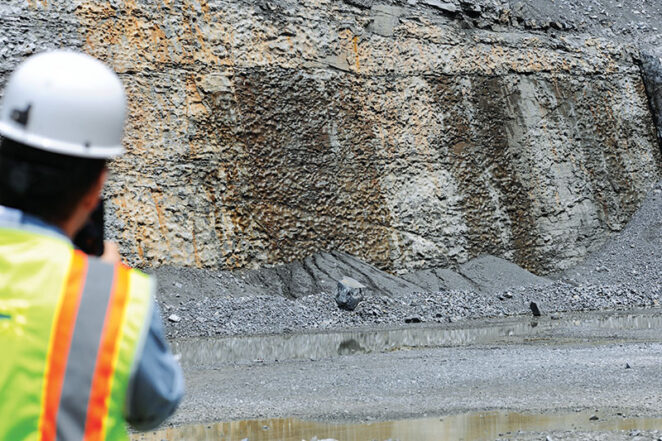
Understanding potential hazards is critical in mining operations. This initial step in emergency preparedness lays the groundwork for building effective safety measures. It involves a thorough evaluation of multiple risk areas:
- Geological Structures: Begin with an assessment of the geological structures within your mining area. Understanding rock stability and ground conditions can help predict potential threats like cave-ins or rock falls. Engaging geological experts ensures an accurate analysis.
- Equipment Safety: Proceed with a comprehensive review of your mining equipment. Identifying potential mechanical failures or malfunctions can prevent accidents. Regular maintenance checks and adherence to manufacturer guidelines are essential to prevent unforeseen breakdowns.
- Operational Procedures: Examine your operational procedures. All protocols, from mining processes to waste disposal, should be designed with safety at their core. Each procedure should be scrutinized for potential risks.
- Health and Occupational Hazards: You should also pay attention to health and occupational hazards. Mining operations can expose workers to harmful substances, extreme temperatures, and other physical risks. Regular health checks for workers and stringent control measures for occupational hazards should be implemented.
An extensive hazard identification process provides a strong foundation for constructing your emergency response plan. Remember, your objective should extend beyond regulatory compliance to prioritize safety in your mining operations. Your greatest asset is the well-being of your workforce.
Creating The Response Plan: A Multifaceted Approach
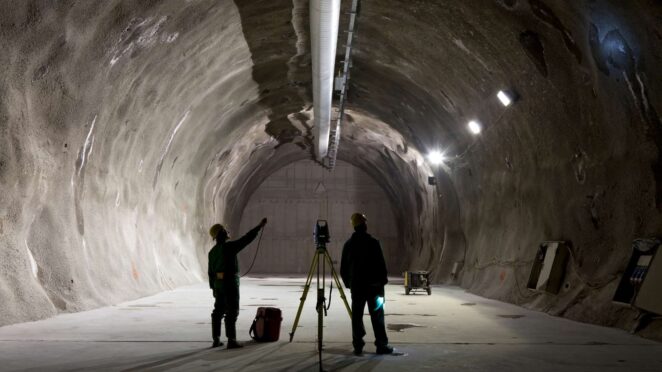
After identifying potential hazards, the next step is crafting a comprehensive response plan. This plan should cover various emergency scenarios. When creating this guide, consider these vital components:
- Incorporating Safety Solutions: Safety solutions, such as refuge chambers and environmental control systems provided by MineArc Systems, should be a significant component of your plan. These systems offer a safe haven during emergencies, such as underground fires or chemical leaks.
- Establishing Emergency Escape Routes: Define well-marked, easily accessible emergency escape routes. These paths must be clear at all times and lead directly to safe zones. Use regular drills and clear signage to familiarize workers with these routes.
- Setting Communication Protocols: Clear communication is critical in emergencies. Establish robust communication protocols for quick information transmission. Consider technologies such as walkie-talkies or emergency notification systems.
- Outlining Rescue Procedures: Include detailed rescue procedures in your response plan. Specify protocols for different emergencies, like cave-ins or equipment malfunctions. Consider training select personnel in advanced rescue techniques.
An effective response plan is not a static document but a dynamic one. Regular reviews and updates ensure its relevance and effectiveness. After all, your workforce’s safety is paramount.
Essential Training: Building A Resilient Workforce
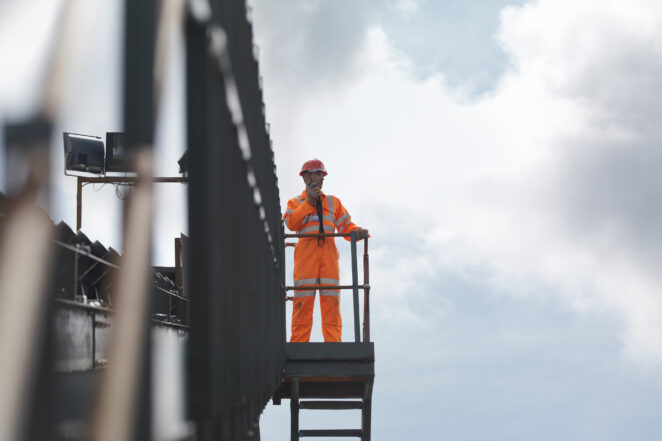
Training is the cornerstone of any successful emergency response plan. Equipping your workforce with the necessary skills and knowledge is crucial to build resilience. The following areas should be given priority:
- Regular Safety Drills: Safety drills allow workers to practice response procedures, familiarizing them with their roles in different emergency scenarios. From evacuations to fire safety drills, these exercises help build confidence and foster a safety-conscious culture.
- First Aid Training: Equip your team with basic first aid skills. They may need to provide immediate medical help before professional medical teams arrive. This training can save lives and prevent minor injuries from escalating into severe ones.
- Disaster Simulations: Run disaster simulations to prepare your team for major emergencies such as cave-ins or floods. These simulations should be as realistic as possible to truly prepare your team for potential disasters.
- Rescue Operations Training: Consider providing specialized training to a select group of workers who can act as an internal rescue team. This team can be a vital resource during emergencies, especially in remote mining areas where external help may be delayed.
- Equipment Handling and Safety Procedures: Ensure workers are well-versed in handling safety equipment like fire extinguishers, safety harnesses, and first aid kits. They should also understand the safety procedures related to their specific job roles.
A well-trained workforce can respond effectively in emergencies and proactively prevent incidents. Continued emphasis on safety training can nurture a resilient workforce, contributing to a safer mining environment for everyone.
Regular Evaluation And Updating Of Plans: A Continuous Effort
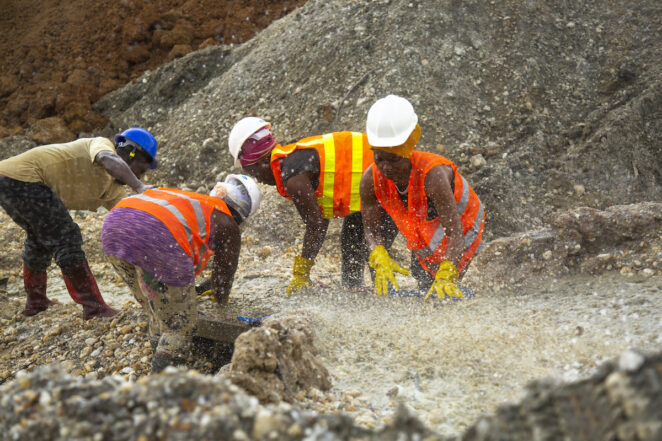
Maintaining an effective response plan requires regular evaluations and updates. It’s a perpetual process that ensures your plan remains relevant and effective in the continually evolving mining environment.
Consider the following steps in this process:
- Regular Safety Audits: Conduct safety audits to identify gaps in your plan. This process aids in assessing the effectiveness of your current strategies and pinpointing areas for enhancement.
- Worker Feedback: Collect feedback from your workforce. They can provide valuable insights into the practicality of your emergency procedures and suggest improvements based on their on-ground experience.
- Incident Reports Analysis: Evaluate incident reports to understand how well your plan worked in real-life scenarios. This analysis will help you identify weaknesses in your response plan and modify it accordingly.
- Updating Based On Changes In Operation Or Regulations: Update your plan as your operation grows or changes. New equipment or procedures may bring new risks. Additionally, updates in safety regulations must be integrated into your plan to ensure compliance.
- Environmental Considerations: In an era where environmental impact is a significant concern, your emergency response plan should also include strategies to minimize environmental damage during an emergency. Whether it’s containing chemical spills or managing waste, proactively protecting the environment should be an integral part of your plan.
With regular reviews, your plan remains robust, relevant, and ready for any emergency that may come your way.
Integration Of Technology: Leveraging Modern Solutions
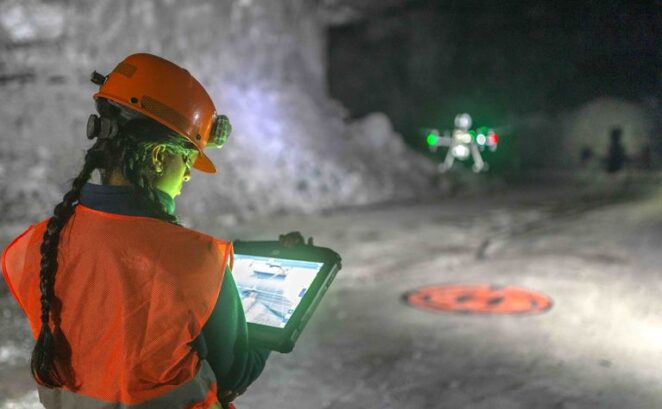
Leveraging technology in emergency preparedness can amplify your response capabilities. It presents opportunities to improve communication, track personnel, and predict potential hazards.
Consider the following key areas when contemplating technological integration:
- Internet of Things (IoT) Devices For Equipment Monitoring: IoT devices can monitor the condition of mining equipment. These devices can predict mechanical failures, helping to prevent potential accidents and maintain smooth operations.
- Artificial Intelligence (AI) For Hazard Prediction: AI can be a game-changer in predicting potential hazards. By analyzing past incident data, AI can identify patterns and predict risks, giving you a chance to address issues before they escalate.
- Communication Apps For Instant Alerts: Swift and effective communication is crucial in emergencies. Utilize technology such as communication apps to send immediate alerts, ensuring all workers are promptly informed about potential risks or emergencies.
- GPS Tracking for Personnel Safety: GPS tracking devices can help monitor the locations of workers, a feature particularly useful during emergencies. Knowing everyone’s location can ensure a rapid response, mitigating potential harm.
Integrating technology can enhance your emergency response plan’s robustness and efficiency. As you navigate the complex world of mining operations, modern solutions can be your ally in ensuring safety and preparedness.
Conclusion
Given the insights shared, it’s evident that emergency preparedness in mining is a significant endeavor. It necessitates proactive, meticulous, and ongoing efforts. But bear in mind, each stride towards better preparedness is a step towards a safer future for your workforce and operation. So, don’t wait for an emergency to realize the importance of preparedness. Begin your journey towards a resilient and prepared mining operation today.



